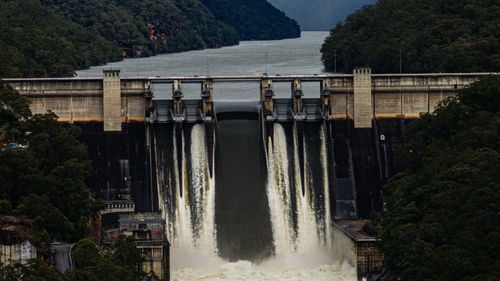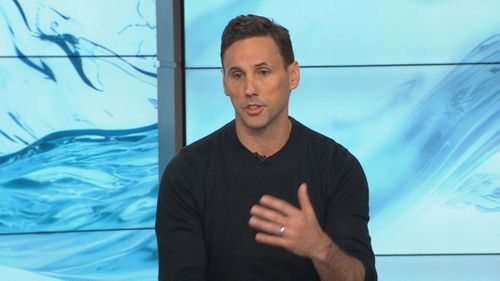Australian water contains contaminants that US authorities warn are likely to be carcinogenic, with “no safe level of exposure”.
Dr Mariann Lloyd-Smith from the International Pollutant Elimination Network told Today the chemicals concerned are among a “very nasty group”.
She said they’re linked to kidney and liver disease, dysregulation of the thyroid and insulin, reproductive problems and developmental problems in children as well as cancer.
“The makers of these kinds of chemicals have had to pay out many millions of dollars in the US to people who have been exposed and who have suffered cancer,” she said.
“Unbelievably though, our regulatory agencies here in Australia just dismiss all of this evidence, and say there’s no clear evidence that they cause disease, which honestly is beyond belief.”
She said Australians should do the “best they can” with items such as filters and called on the government to help people pay for them.
The newspapers reported there was a call for widespread testing of Australia’s drinking water after the US Environmental Protection Agency’s dramatic policy shift in April.

It found there was no safe level of PFOS and PFOA in drinking water and they were likely to cause cancer.
The World Health Organisation’s cancer agency also concluded in December that PFOA is carcinogenic to humans, the newspapers reported.
The two chemicals in the spotlight are part of a broader family of per- and polyfluoroalkyl substances (PFAS), known as “forever chemicals” because they never break down in the environment and linger for years in the body.
The newspapers analysed publicly available data which indicates the chemicals have been found in the drinking water of up to 1.8 million Australians since 2010, including in the Sydney suburbs of North Richmond, Quakers Hill, Liverpool, Blacktown, Emu Plains and Campbelltown, along with the NSW regional centres of Newcastle, Bathurst, Wagga Wagga, Lithgow, Gundagai and Yass.
The pollutants have also been detected in tap water in Canberra, the Melbourne suburb of Footscray, inner-city Adelaide, the Queensland regional centres of Cairns and Gladstone, Kingborough in greater Hobart and locations across Darwin and the Northern Territory.
Lloyd-Smith said it’s not known how much of the chemical people need to consume for it to affect them.
“I can say the US regulatory authorities have said clearly that they do not think there is a safe level of exposure,” she said.
“Basically what they’re saying is you need to reduce your exposure to as close to zero as you possibly can.”
However, Lloyd-Smith noted people are also exposed to the chemicals via food, personal products and industrial products such as paints and pesticides.
Even tea bags contain them.

Dr Nicholas Chartres, a senior research fellow at the University of Sydney, told Today Extra the US standard is “many magnitudes lower than the current level that we have in Australia”.
He said water filters can reduce levels of the chemicals but urged governments to take action by testing the water.
He said using bottled water is also an option but admitted there are health risks linked to that too.

